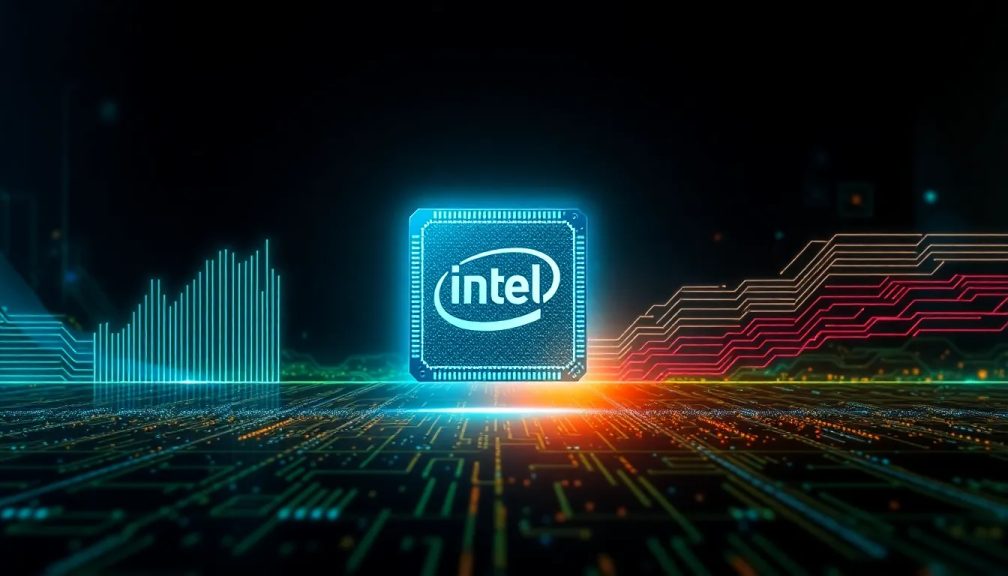Intel moves 11th to 14th Gen Core graphics to legacy driver

In the ever-evolving landscape of technology, the support for hardware components often comes with an expiration date. As manufacturers shift focus towards newer innovations, legacy products can find themselves sidelined. This is precisely what Intel has decided to do with its 11th to 14th generation Core processors, marking a significant transformation in their support strategy.
As we delve deeper into this shift, it’s essential to understand the implications for both consumers and the wider tech community. The move is not just a business decision; it reflects broader trends in the industry that aim to streamline operations and enhance future product development.
Understanding Intel's Shift to Legacy Driver Support
Intel has officially categorized its 11th to 14th generation Core processor graphics as legacy products. This decision means that only critical fixes and security updates will be available for these processors moving forward. The range of affected models includes well-known CPUs like the Core i9-11900K, which, despite being over four years old, still holds relevance in gaming and productivity tasks.
This change is particularly noteworthy as it extends beyond older processors; even newer chips like the Core i9-14900K are now included in this legacy designation. The architectural similarities across these generations have likely contributed to this decision, as Intel aims to consolidate support resources.
The Scope of Affected Products
The transition to legacy support affects a comprehensive range of desktop and laptop processors. Intel has made available a detailed list of all product families impacted by this change in its dedicated support knowledge base. This transparency allows users to understand whether their specific hardware will receive continued support.
- Core i9-11900K
- Core i7-11700K
- Core i5-11600K
- Core i9-14900K
- Core i7-14700K
- Core i5-14600K
As Intel shifts focus, the implications for users with these processors could be significant, particularly in terms of driver updates and performance optimizations for new software.
Reasons Behind the Shift
While Intel has not publicly detailed the reasons for this policy change, several logical conclusions can be drawn. One primary motivation appears to be financial; by reducing the breadth of driver support, Intel can improve cash flow and reallocate resources more efficiently.
Additionally, this shift allows Intel to focus on innovation, particularly in projects aimed at integrating Nvidia iGPUs into future x86 CPUs. This integration could lead to more powerful and efficient graphics solutions, marking a significant advancement in CPU technology.
Continuity for Newer Architectures
It’s important to note that not all is lost for Intel’s integrated graphics vision. Some of the newer Core Ultra Series 1 and 2 processors, like the Core Ultra 9 285K, utilize similar integrated graphics technology. These processors are expected to receive ongoing support for the foreseeable future, ensuring that users can enjoy improved performance and features.
Potential Impact on Users
For most users, the impact of this policy change may not be as dire as it seems. Many gamers and productivity enthusiasts often rely on dedicated graphics cards, which are not affected by this legacy support transition. However, it's crucial to consider the ramifications for those who depend on Intel's integrated graphics for their computing needs.
- Potential performance drops in new software releases.
- Limited optimizations for the latest gaming titles.
- Increased reliance on community-driven support for driver updates.
While the lack of day-one support for new games on Intel's integrated graphics may create challenges, historical evidence suggests that many optimizations are more about enhancing user experience rather than being essential for basic functionality.
Looking Ahead: The Future of Intel Graphics
As Intel navigates this transition, it will be interesting to see how the company reallocates its resources. The focus on developing next-generation products, including the anticipated Arc B770, may allow for significant advancements in integrated graphics technology.
For a more detailed analysis of Intel's evolving graphics capabilities, check out this insightful video:
In conclusion, while the shift to legacy support for the 11th to 14th generation Core processors may raise eyebrows, it represents an industry-wide trend towards consolidation and innovation. As Intel moves forward, the community will be watching closely for the next steps in their graphics evolution.




Leave a Reply